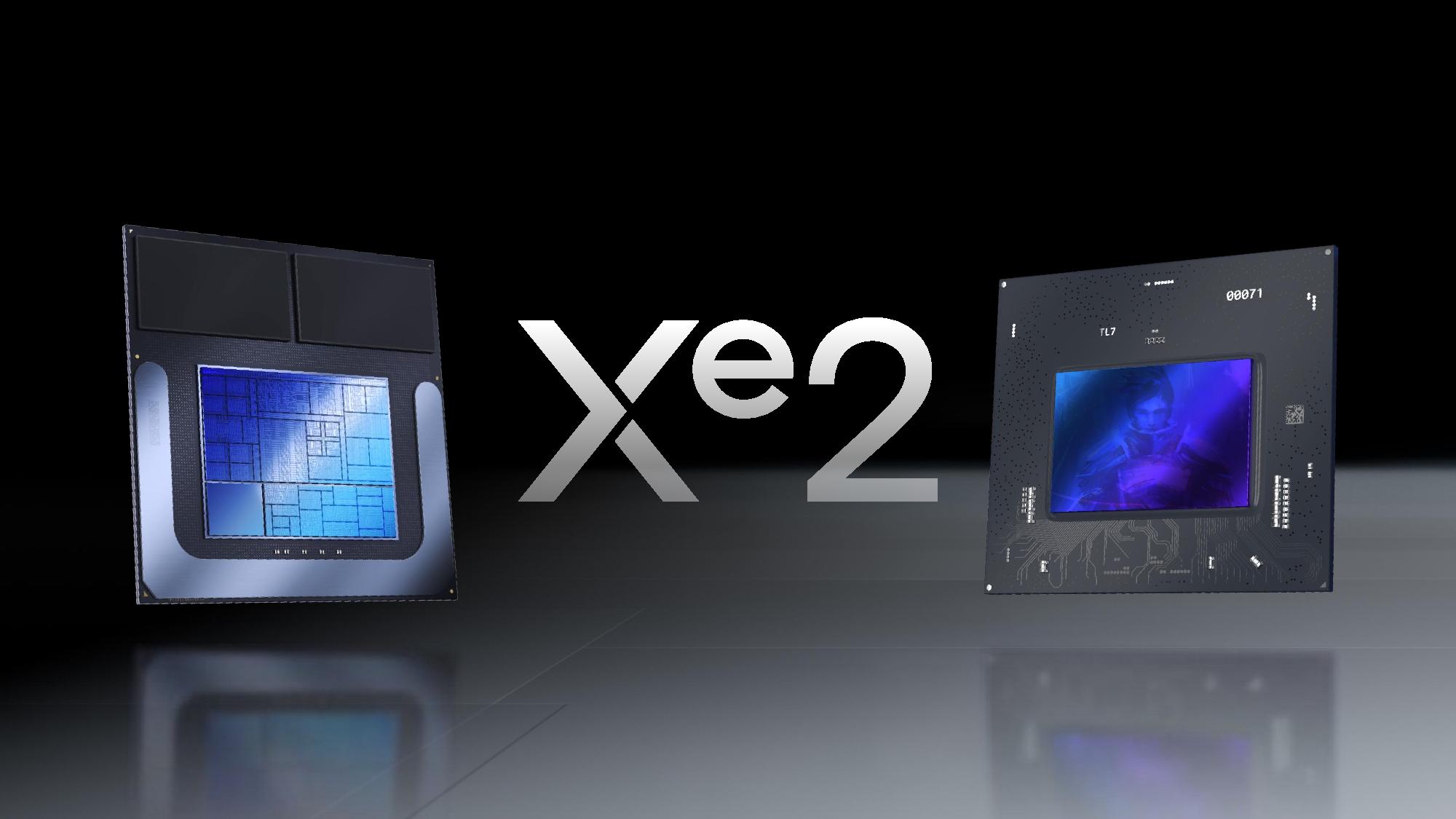
Intel is hard at work building Linux-ready graphics drivers for its next-generation Battlemange GPUs, which will soon arrive with Intel's Lunar Lake CPUs. Phoronix reports that Intel will have a functional display driver for Battlemage once the upcoming Linux 6.11 kernel cycle rolls in. This new display driver is by no means complete, but it provides display functionality for Battlemage GPUs for the first time in Linux, which is a big deal regardless.
Right now, Intel is actively working on Direct Rendering Manager driver changes, HPD display enabling, and a number of power-efficiency-focused features for the upcoming Linux driver. These abilities include panel replay functionality, which enables a driver to just refresh portions of the display showing new information, rather than refreshing the entire frame buffer. It also has Auxless advanced link power management, link-off-between-frames support, and content match refresh rate, most of which are more power-saving techniques. Content match refresh rate is a variant of VRR, which purportedly prevents frame drops in certain types of content.
It makes a lot of sense for Intel to be prioritizing power-saving techniques in its Linux-based drivers first. There's a good chance Battlemage will be released as an integrated graphics solution first in Lunar Lake processors before discrete GPU variants arrive. This means Battlemage's primary competition will be against integrated graphics solutions in Qualcomm's Snapdragon X Plus and X Elite processors, as well as AMD's all-new Zen 5-based Ryzen AI 300 processors. Power efficiency is one of the biggest strengths of these chips, especially the Qualcomm Snapdragon counterparts, so it's reasonable for Intel to prioritize power efficiency techniques first in its driver as it tries to close the gap on Qualcomm with its next-gen Lunar Lake architecture.
Even if mobile Battlemage doesn't arrive first, the architecture will be used to a much greater extent in Intel's integrated graphics solutions. Intel produces significantly more CPUs than GPUs, so inevitably, Battlemage will have significantly larger adoption as an integrated graphics solution rather than a dedicated gaming GPU or enterprise GPU.
In integrated graphics form, Intel is touting a 1.5x performance upgrade over its previous-gen Arc Alchemist-based integrated graphics chips. The architecture has been optimized from the ground up, boasting larger XMX engines (for AI workloads), enhanced vector engines, larger RT units, and larger caches. The XVE vector engines are now capable of doing eight 512-bit multiplies per clock and eight 2048-bit vectors per clock via the XMX engines. Intel is also increasing the SIMD engine to 16 lanes.
The vertex fetch throughput and mesh shading performance have been increased by 3x, as well, which are important attributes that increase 3D graphics performance.
Intel's integrated graphics projections for Battlemage won't be the same as the discrete GPU versions, because Intel is using low-powered transistors for its integrated graphics versions. But there's a good chance Battlemage in discrete GPU form will be a big upgrade regardless, due to all the changes Intel has made to its upcoming Battlemage GPU architecture.







